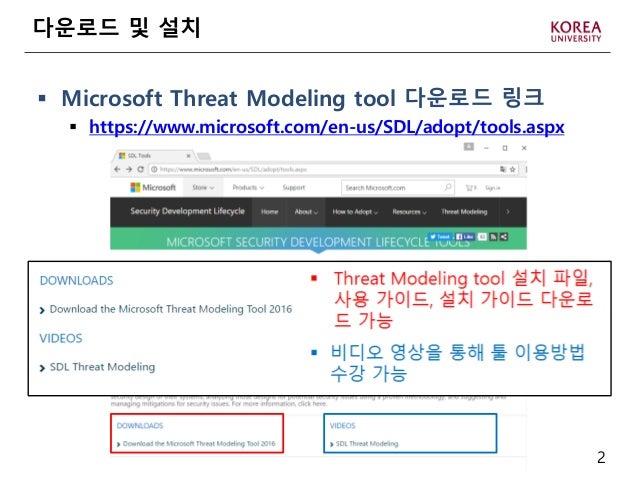Microsoft Threat Modeling Tool 2016 For Mac
Threat modeling’s motto should be, “The earlier the better, but not too late and never ignore.” Without threat modeling, your security is a gamble—and in today’s business environment, you’re sure to lose. When you design an application, you will face several security issues during different phases of the software development life cycle (SDLC), and so having threat modeling in the SDLC from the beginning can help to safeguard that applications are being developed, with security built in.
Simply put, threat modeling is a procedure to identify threats and vulnerabilities in the earliest stage of the development life cycle to identify gaps and mitigate risk, which guarantees that a secure application is being built, saving both revenue and time. Why Threat Modeling?
Microsoft has published a book about their process and includes threat modeling as a key activity in their Secure Development Lifecycle (SDL). Free bitdefender adware removal tool for mac. A threat model is essentially a structured representation of all the information that affects the security of an application.
Data Modeling Tool
• It is better to find security flaws when there is time to fix them. • It can save time, revenue and the reputation of your company. • To build a secure application. • To bridge the gap between developers and security. • It provides a document of all the identified threats and rated threats.
• It offers knowledge and awareness of the latest risks and vulnerabilities. How To Do Threat Modeling Many people think only security engineers can do threat modeling.

That’s not true. Anyone, from developer to software project manager, can threat-model. In fact, I would suggest they should also know a little bit of threat modeling as part of their work.
Let’s look at the elements of threat modeling: Assets: What valuable data and equipment should be secured? Threats: What the attacker can do to the system? Vulnerabilities: What are the flaws in the system that can allow an attacker to realize a threat? Steps to Threat Modeling Step 1: Identify the assets (database server, file servers, data lake stores, Active Directory, REST calls, configuration screens, Azure portal, authenticated and anonymous web user, Azure AAD client apps, database users, DB administrators) Step 2: Outline details of architecture on which the valuable asset is being processed.